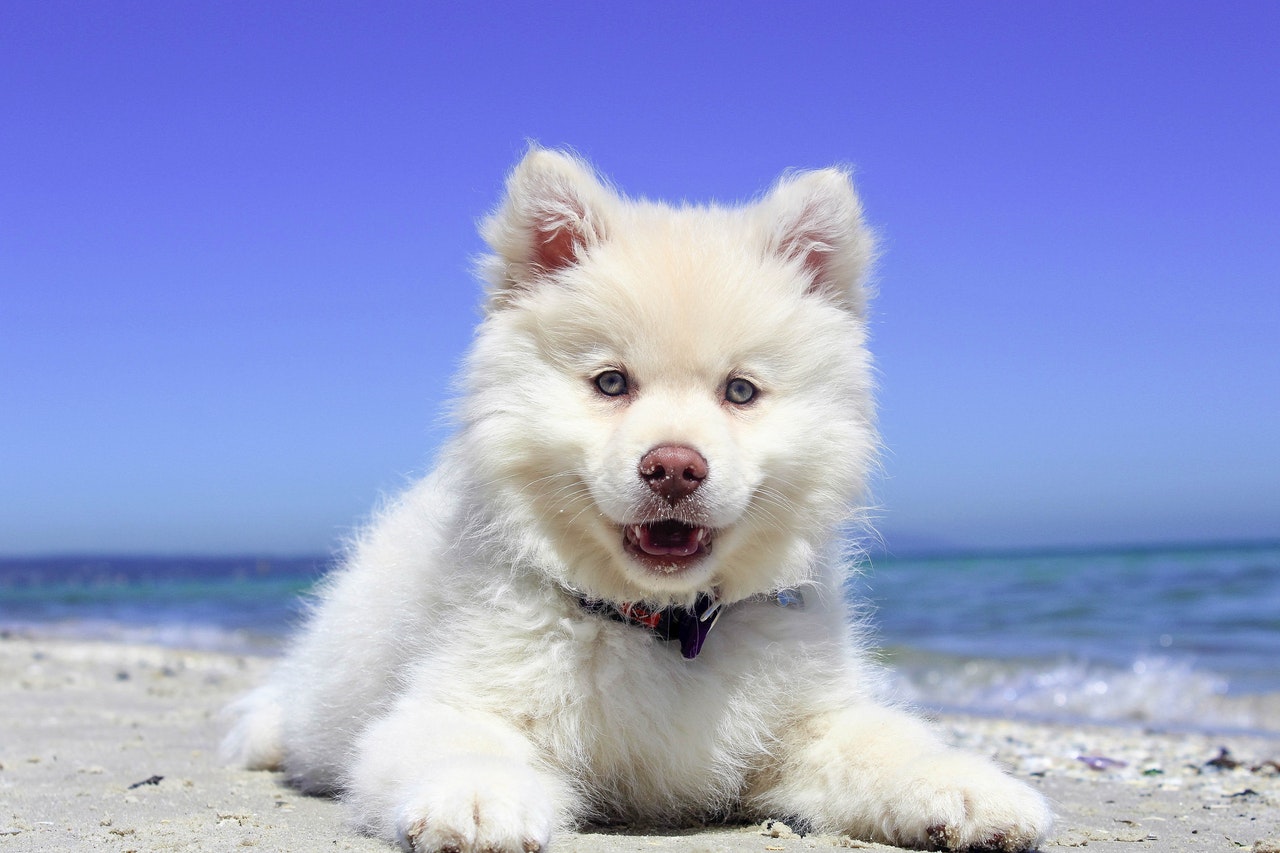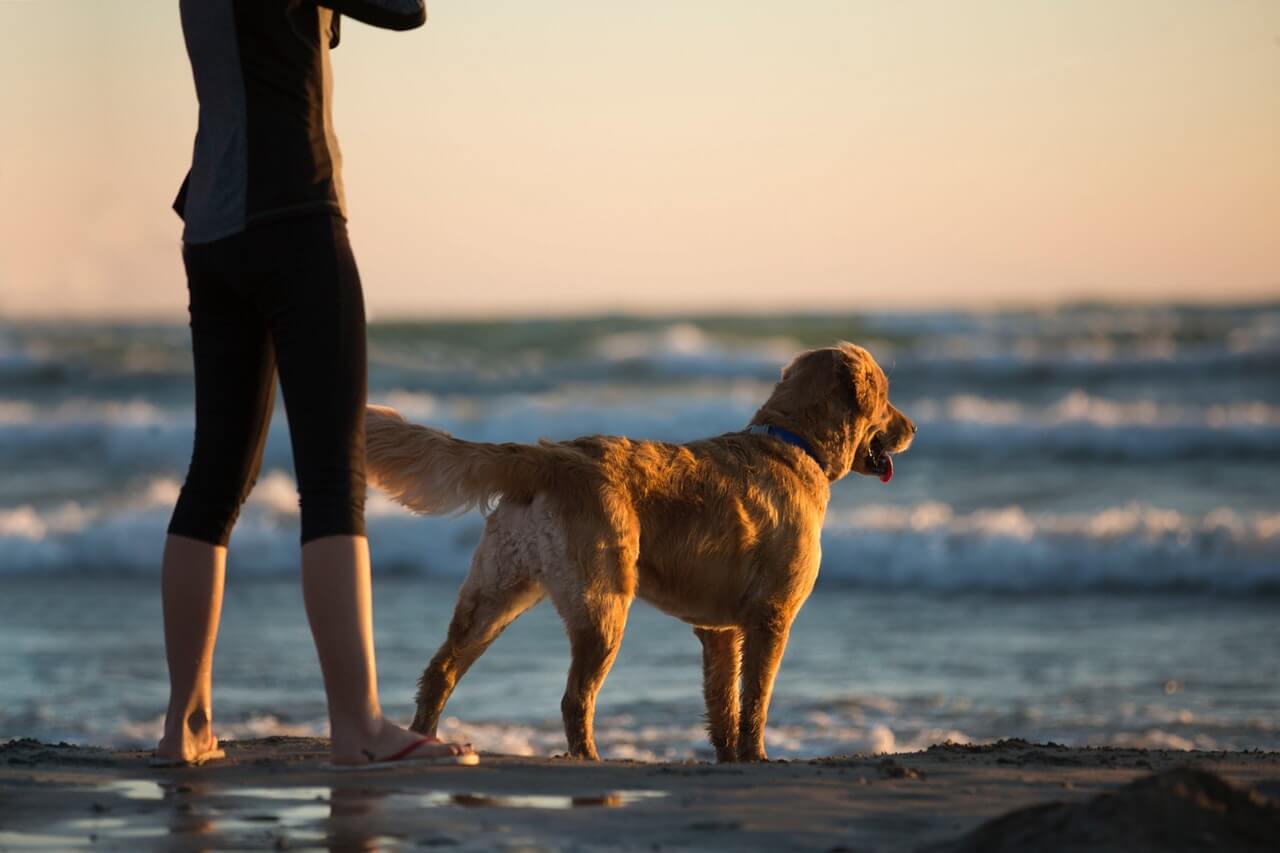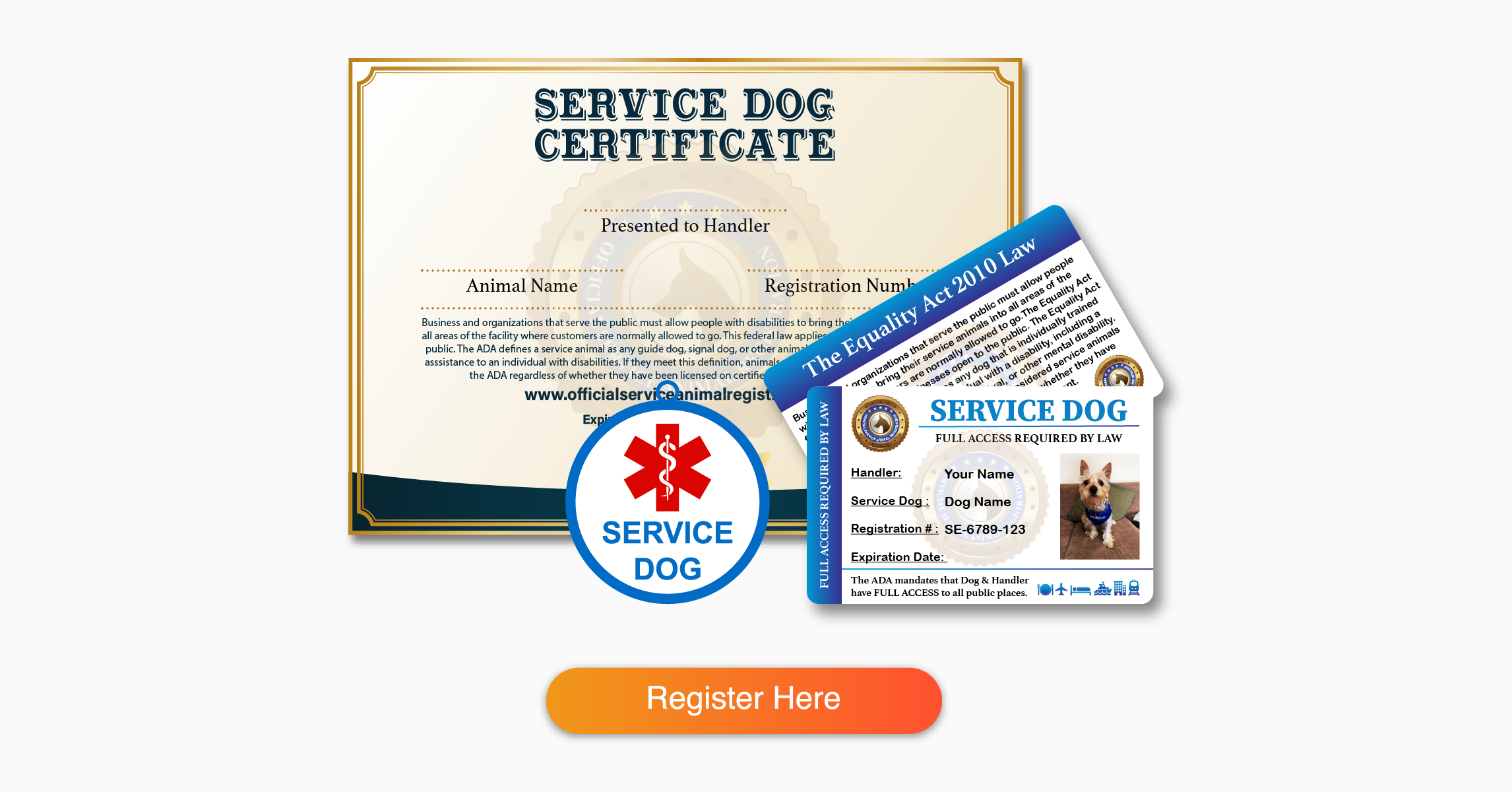2019-08-13

Anxiety is considered one of the most common mental disorders today. Compared to traditional methods, “employing” a service dog is a popular and creative way to relieve anxiety, depression, and other symptoms caused by mental health problems. They act as companions to people with disabilities and perform necessary tasks to protect their owner from harm.
Research has shown that companionship contributes to stress reduction and reassurance. The timely support of a service dog can reduce the risk of accidents and improve the health of the owner.
The benefits of service dogs are attracting more and more people to consider getting a service dog to relieve their anxiety. However, there is less information on how to get this type of service dog. This post discusses the facts about acquiring a service dog for anxiety, based on three aspects: qualification, costs, and training.
In this article
1. Qualifications of service dogs
2. The costs of service dogs for anxiety
3. The training of service dogs for anxiety
Qualifications of service dogs
Although emotional support animals and therapy dogs can also offer mental comforts, service dogs are more “professional” and “multifunctional” because they are specially trained to detect anxiety and perform many physical tasks depending on the situation, including being alone at home or when you are in an unfamiliar place. They also have to meet different groups of people as they accompany you outside and perform tasks.
Therefore, qualified service dogs should be:
• High trainability and alert to stimuli (such as behavioral signs of human anxiety)
• Not easily distracted by noises, food and other canines
• Good at collaboration, which is important for the work with the handler or trainer
• Eager to be held or petted by the handler
• Polite and gentle to strangers who ask for petting, the staff of the “No pets” store, your office mates, and so on.
However, the ADA does not put breed or weight restrictions on Service Dogs, which means any breed of dogs may be trained to be a service dog for different uses. For example, a large breed dog is suitable for people who require physical assistance, such as guide dogs and mobility assistance dogs. As the service dogs for anxiety are not required to do a lot of heavy work, even small to medium breeds are potential candidates.
The costs of service dogs for anxiety
The cost of a service dog is the most important factor that every owner must consider. However, we cannot offer you the exact amount of the costs because this also depends on three factors: breeding, selection and training.
1. Breeding costs
All dog and service dog owners have the responsibility to breed and care for their pup. The costs include food, toys, clothes/outfits, vaccinations and other supplies. The total amount varies depending on the dog and family.
If you do have not a dog, you could buy or rescue one as your potential canine helper. A reputable breeder will help you select a puppy according to your needs.
However, the price of buying a pup from breeders (between $2000 and $4000) is higher than adopting a rescue dog (from $250 to $500), because the cost of raising a smart puppy is higher.
2. Selection costs
If you have a dog and intend to train it to be service helper, it is recommended to do a personality test before training (cost between $300 and $400).
The test analyzes the temperament and training situation of your puppy and assesses whether it is suitable for service dog training. Also, if your pup has not received any obedience training during its puppyhood, the result may not be as satisfactory as you would like.
One suggestion would be to train your furry friend intensively for a period of time before taking part in the next examination. It is advisable to give your puppy obedience training from the beginning so that it passes the selection test faster.
3. Training costs
Once the selection test shows that your pup is a potential service dog, the next step is to start the service dog training as soon as possible.
The common ways to accomplish the training are finding a reputable trainer, shoulder the training costs, and discipline your pup yourself. The first two methods are convenient and efficient, but expensive. The cost of a private trainer is high, ranging from $15000 to $50000 a year. The group course may cost you between $3600 and $40000.
Fortunately, a service dog for anxiety might need only the lowest training budget as its tasks are simpler and less than other kinds of service dogs, so more dog owners can afford it.
The third way to train an anxiety service dog is the most economical (around $7200 per year), but probably time-consuming. Let us move on to the next part and find the reasons.

The training of service dogs for anxiety
Training your owned service dog for your anxiety is an attainable project as soon as you spend enough time and patient. You may have to learn some skills to train a service dog via reputable blogs, YouTube and books, and to practice the knowledge with your pup for at least 3 hours every day. During this period, you might encounter lots of difficulties, such as invalid training and low efficiency. To avoid these situations, read the steps on how to train a service dog for anxiety beforehand.
1. Set up your training goal
The first thing you should do is to set the training goals and the tasks that the service dog should do for you. Here is a list of examples:
• Provide companionship to reduce isolation and loneliness
• Distract your attention and eliminate your anxiety by licking your hands, snuggling or lying on your chest, and offering their paws
• Smooth your tension at social events such as a public speech
• Prevent strangers from approaching you as soon as they detect signs of anxiety attacks.
• Lead you away from the places that trigger your anxiety.
• Bring medication or medicine chest when you are suffering from anxiety.
Once the goals are established, you should begin to connect naturally with your puppy so that your smart friend can become familiar with your emotions, including happiness and anxiety. It helps a new pup understand its owner and build a close relationship with the pet owner.
2. Socialization skills
Research has shown that the early socialization training of puppies not only makes them easily acquainted with new people and new situations, but also avoid shy or nervous behavior when leaving the house. In addition, this may also influence the personality development of your puppy. Most experienced trainers or breeders start training a puppy at the age of two or three months. Therefore, you should continue to socialize your pup as soon as you bring it home. Daily walks, dog-friendly places, and visits to friends are great ways to practice social skills.
It is recommended to combine obedience commands and leash training during the socializing training, so your pup will quickly master how to walk and greet people gently.
3. Basic obedience skills
In the first year of service dog training, the puppy will learn about 30 obedience commands used in other types of training such as leash training and crate training. This multiple training enables the dog to accomplish other complicated tasks, such as calming down your panic attack and getting medication.
If you plan to bring your service dogs into public areas, it is doubly necessary to promise that your canine helper will behave well under your commands. At a minimum, your pup should understand how to sit, stay, heel, come, leave, and wait before the first public access training.
4. Public access training
At the end of the first year, your pup has learned almost all basic commands. Now is the time to put these skills into practice and give your pup access to public places. The optimal locations are animal-friendly areas like pet stores, parks or beaches. If possible, you should avoid holidays and weekends and start training in a quiet environment. This greatly prevents your pup from getting nervous or causing accidents because of crowds.
5. Senior training tasks
In the second year, service dogs receive special training to assist the handler’s disabilities, which differs from pet dogs and other assistance dogs.
Service dogs for people with anxiety can alert the handlers to the upcoming panic attack by observing their body language and chemical changes in their body. This sensitivity alert is based on the close bond between you and your pup in the first year. This is the biggest difference between service dogs bought from agencies. For this reason, we recommend that you educate a potential service dog from its puppy age.
How can you “tell” your pup about your anxiety? Try to hug or cuddle it tightly when you are under stress or anxious! Dogs are very intuitive and can recognize your emotions, so you could give your pup treats for comforting you with certain behaviors such as licking your hands or lying on your lap. However, not everyone is able to complete training if they suffer from panic disorder. You may need to seek additional help from your family, friends, or trainers.
Conclusion
The canine helper is a new and efficient therapy. Their timely help gives people the opportunity to take measures to ward off the impending attack. Additionally, these service dogs are a warm partner as well as a reliable guard for a person who lives alone and has been struggling with anxiety for years.
